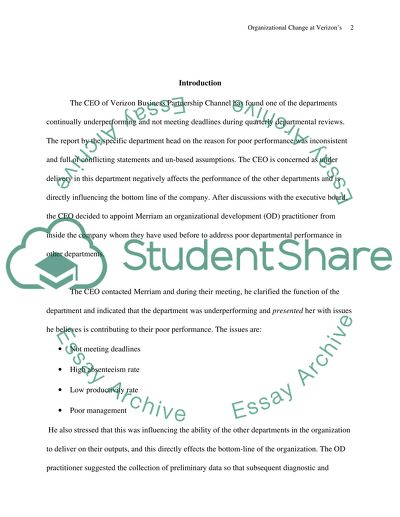Cite this document
(“Transforming Organizational Culture Essay Example | Topics and Well Written Essays - 2500 words”, n.d.)
Retrieved from https://studentshare.org/miscellaneous/1521614-transforming-organizational-culture
Retrieved from https://studentshare.org/miscellaneous/1521614-transforming-organizational-culture
(Transforming Organizational Culture Essay Example | Topics and Well Written Essays - 2500 Words)
https://studentshare.org/miscellaneous/1521614-transforming-organizational-culture.
https://studentshare.org/miscellaneous/1521614-transforming-organizational-culture.
“Transforming Organizational Culture Essay Example | Topics and Well Written Essays - 2500 Words”, n.d. https://studentshare.org/miscellaneous/1521614-transforming-organizational-culture.


